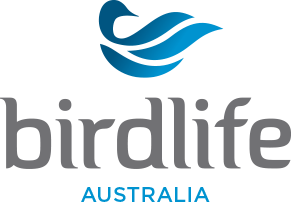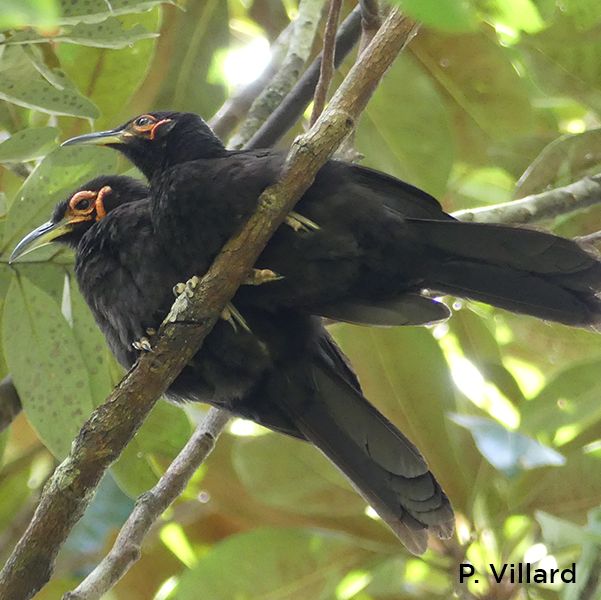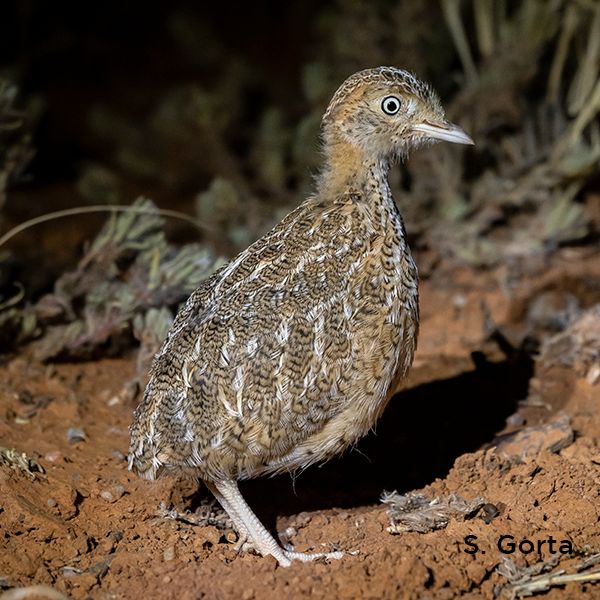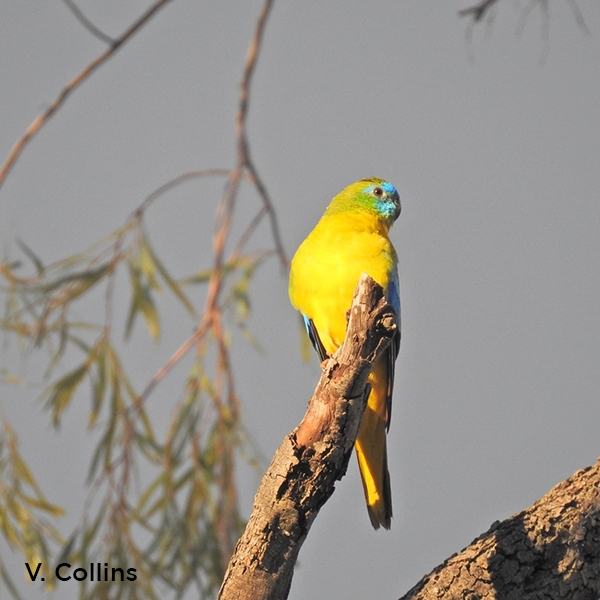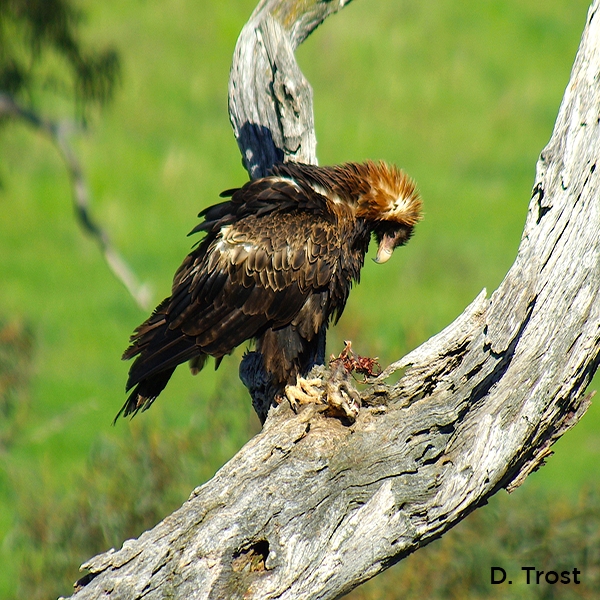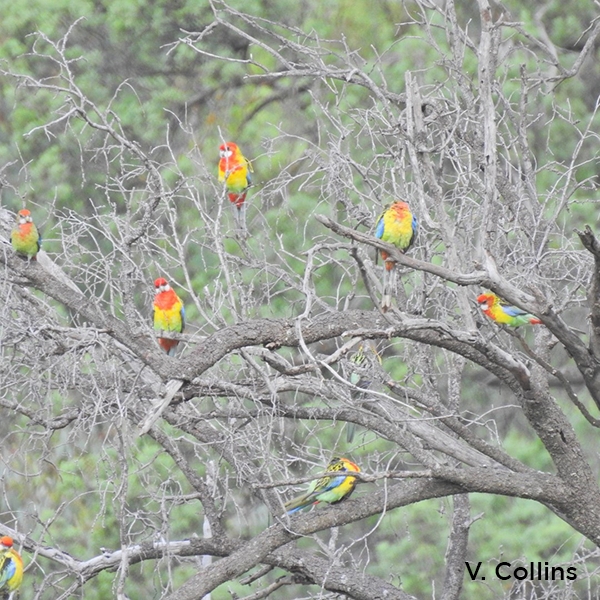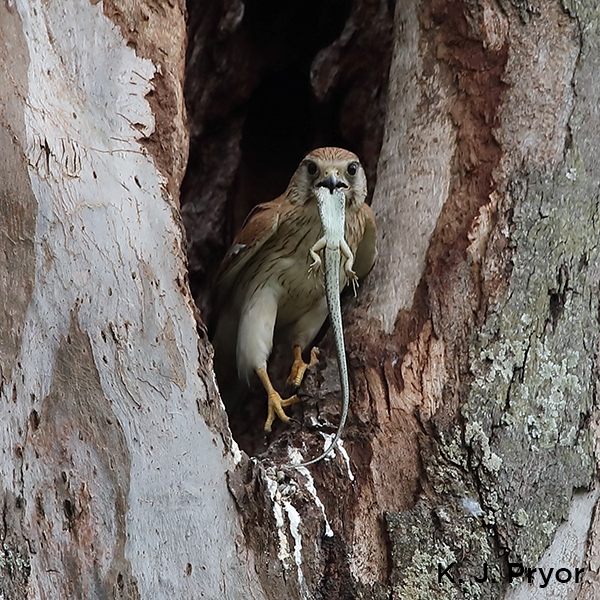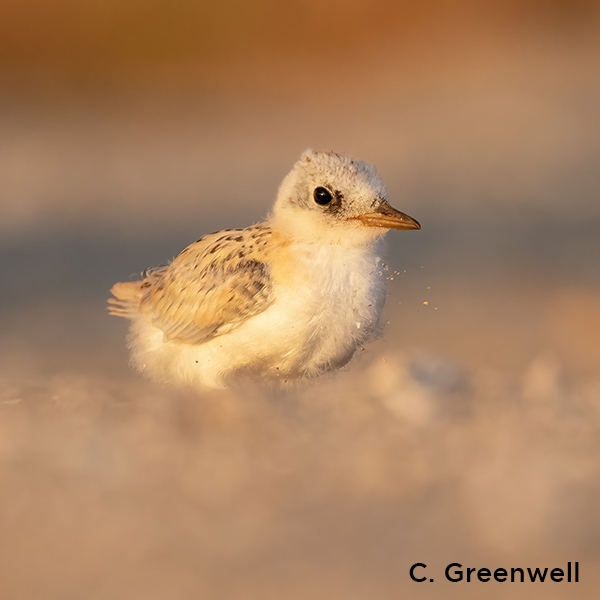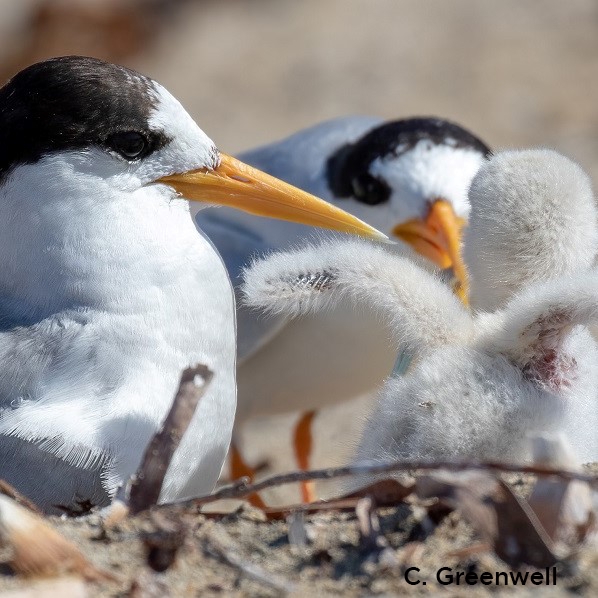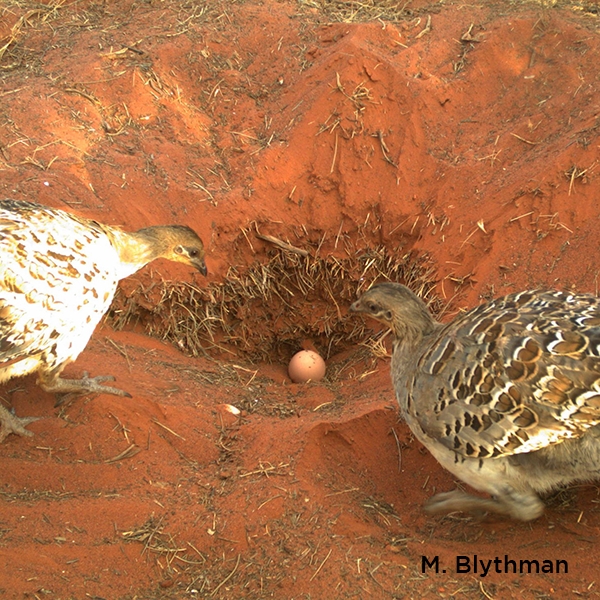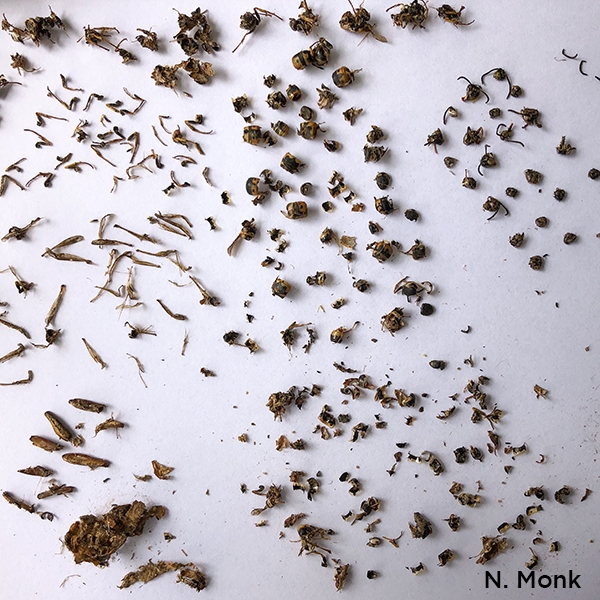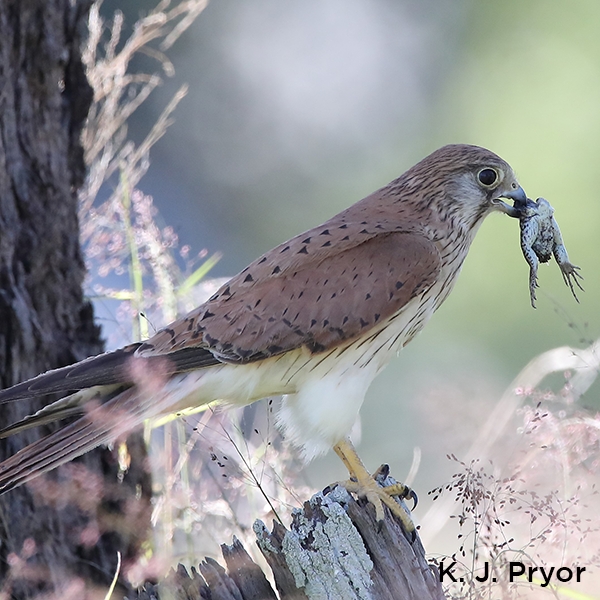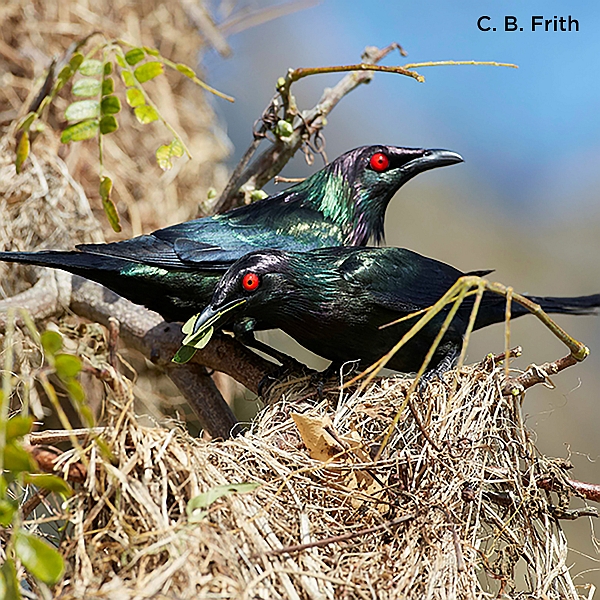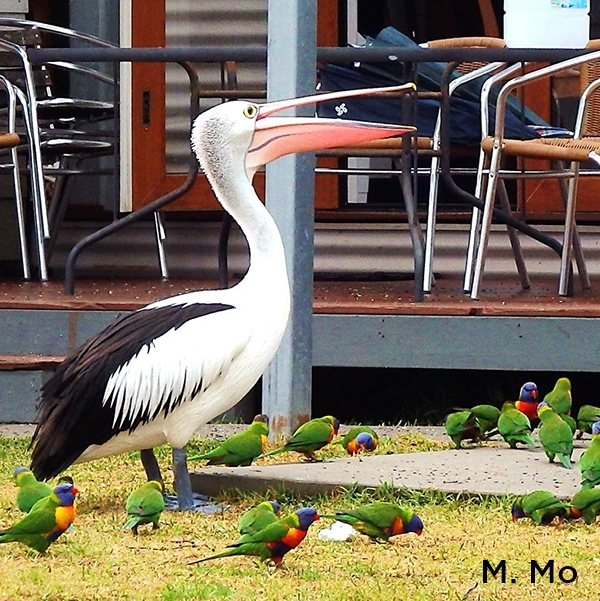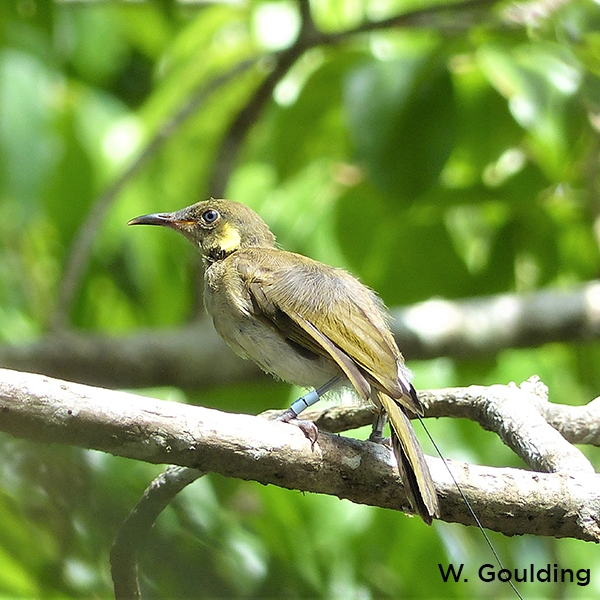Roosting and breeding behaviour of Tawny Frogmouths Podargus strigoides in central-coastal Queensland
Allan Briggs
Abstract
central Queensland coast over a period of 4 years (2018–2021). The study was conducted in a subtropical climate near Rockhampton, and provides data from a different geographical and climatic area compared with previous studies that were conducted in temperate southern Australia (New England Tablelands, Moree, and Sydney, New South Wales, and the Australian Capital Territory). Breeding data matched other studies: breeding in November–December, incubation of 28–30 days, fledging at 27–31 days, care of fledglings from 1–3 months, nests located in a horizontal fork of a tree on the edge of a clearing. Breeding success was high at 80% (8 of 10 nestlings survived). Roost sites were generally in tree species with a fibrous dark bark that provided camouflage, and were mostly within the leafy canopy (average height 9.11 m above ground), which provided protection from high daytime temperatures in both winter and summer. Only early in the morning on very cool days in winter did Frogmouths seek lower perches where sun exposure was greatest. These findings are consistent with other studies identifying thermoregulation and camouflage as important determinants of roost selection, although the need for greater sun exposure in winter was much lower in this study, reflecting the generally warm winter days. Fidelity to roost trees was high (90% of roosts were in four trees) and Frogmouths nested in a different tree each year. Both roosts and nests were confined to a home range of 1.6 ha. The frequency of feeding increased with nestling age, and was higher during the early part of the night. Overall, these findings advance understanding of the breeding biology of the Tawny Frogmouth in subtropical Australia.
References
Higgins, P.J. (Ed.) (1999). Handbook of Australian, New Zealand & Antarctic Birds, Volume 4: Parrots to Dollarbird. Oxford University Press, Melbourne.
Holyoak, D.T. (2020). Tawny Frogmouth (Podargus strigoides), version 1.0. In: del Hoyo, J., Elliott, A., Sargatal, J., Christie, D.A. & de Juana, E. (Eds). Birds of the World. Cornell Lab of Ornithology, Ithaca, New York, USA. https://doi.org/10.2173/bow.tawfro1.01
Ingram, G.J. (1994). Tawny Frogmouths. In: Strahan, R. (Ed.). Cuckoos, Nightbirds and Kingfishers of Australia, pp. 88–90. Angus & Robertson, Sydney.
Kaplan, G. (2018). Tawny Frogmouth. CSIRO Publishing, Melbourne.
Körtner, G. & Geiser, F. (1999a). Roosting behaviour of the Tawny Frogmouth (Podargus strigoides). Journal of Zoology, London 248, 501–507.
Körtner, G. & Geiser, F. (1999b). Nesting behaviour and juvenile development of the Tawny Frogmouth Podargus strigoides. Emu 99, 212–217.
Le Souef, A.S. (1937). Note on the Tawny Frogmouth (Podargus strigoides). Emu 36, 253.
Rae, S. & Rae, D. (2014). Orientation of Tawny Frogmouth (Podargus strigoides) nests and their position on branches optimises thermoregulation and cryptic concealment. Australian Journal of Zoology 61, 469–474.
Schodde, R. & Mason, I.J. (1980). Nocturnal Birds of Australia. Lansdowne Editions, Melbourne.
